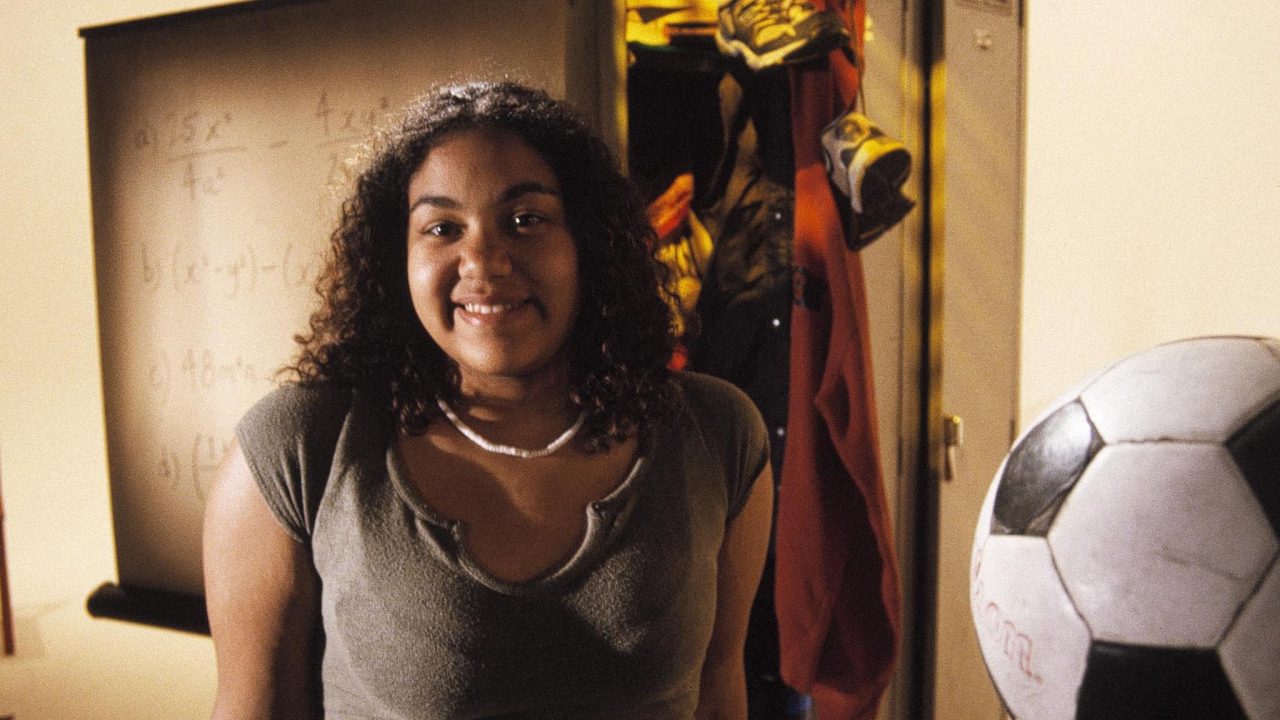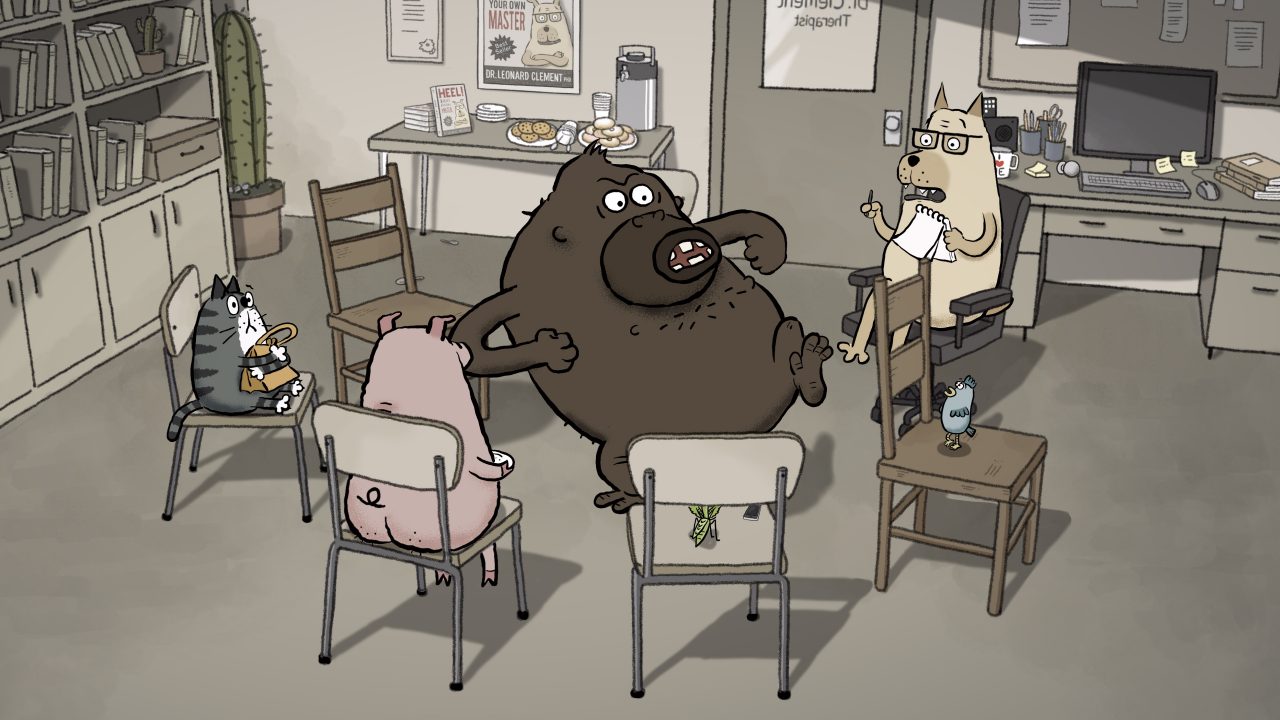
Kids and Stress: How Much Is Too Much?
Kids and Stress: How Much Is Too Much?
In every classroom we see students grappling with stress. A child as young as six who has little energy due to a lack of sleep; a ten-year-old who will not speak in class; or a teenager who breaks down in tears, overwhelmed by workload.
Stress can be motivating and have positive impacts, but teachers need resources, such as these NFB films, to help students understand, “How much is too much?”
Here are discussion questions for three NFB films that deal with the subject of stress, for students ranging from 8 to 18 years old.
Curriculum Links
Coping with stress is a skill we need to teach at school across a wide breadth of subjects. It is a topic directly linked to the health curriculum, but it can be approached indirectly in media, social studies or humanities classes. Students will be inspired to create responses in drama, music, dance or visual art. These films will draw students’ attention to the topics of stress, anxiety and mental health. Through discussions and with guidance from the teacher, the students will see there are strategies to cope with stressors as they arise.
Overdose – ages 8 and up
Overdose, Claude Cloutier, provided by the National Film Board of Canada
Inspired by Article 31 of the United Nations Convention on the Rights of the Child, this animated, wordless short film follows a child’s overloaded and stressful schedule over several days until he is completely exhausted. As it’s a short film, students will be able to watch it several times so that they can fully comprehend the impact of the visuals and the role of music in telling the story.
Overdose is a versatile film that could be used to introduce the topic of stress management in classrooms from Grades 1 to 12. I have used this film successfully in both health and media-literacy classes in the primary division.
Discussion questions for Overdose with responses from Grade 2 students:
Teacher’s question:
“What happened to the boy?”
Students’ responses:
“He didn’t get exercise and time to play outside because he always did so many things that his parents made him do.”
“He was so tired!”
“He turned into a robot.”
Teacher’s question:
“What does his mother want?”
Students’ responses:
“His mom would daydream of him being good at all these things.”
“She wants him to be perfect.”
Teacher’s question:
“What did you think about his life?”
Students’ responses:
“I wouldn’t like his life.”
“I would speak up and say, ‘I don’t want to do all these things.’”
Overdose is linked to a series of films, Rights from the Heart, created to honour the United Nations Convention on the Rights of the Child. Any social studies or humanities courses that study the impact of the United Nations could also use this film as a way to approach the topic of stress while covering course content. You can read more about this series of films here.
The Great Malaise – ages 8 and up
The Great Malaise, Catherine Lepage, provided by the National Film Board of Canada
A young woman narrates a description of herself as “attractive, accomplished, passionate…” and at the beginning of the film, the animated images match her description. As the film continues, she says, “I feel like I’m where I belong,” but the images show the opposite; for example, a porcupine surrounded by balloons or a fish in a birdcage. She can no longer maintain the facade of having everything under control. The images change to include strategies to cope with stress, such as yoga or reading on a hammock at the beach. However, we get a sense that burnout has had a long-lasting impact on her well-being.
Students will be captivated by the images in the film, including a performing seal, a blooming rose that withers and a cruise ship that’s aimed at an iceberg.
Ideally, a teacher would use The Great Malaise and Overdose together to demonstrate the impact of stress on our lives. They are fantastic short films that will generate a rich discussion and could be used to create a response to the work through writing, drawing and other mediums of expression.
Discussion questions for The Great Malaise
- What images stood out for you?
- How do you relate to the stress of keeping up appearances?
- Is there an image that would describe a stressful situation you have experienced?
- The film’s final image is of a matchstick that’s slumped over and burnt out as it walks slowly off screen. What does this represent to you?
- What is the meaning of “malaise” and how does it apply to this film?
XS Stress: Teens Take Control – ages 14+
XS Stress: Teens Take Control, Patricia Kearns, provided by the National Film Board of Canada
Warning: This film deals with mature subject matter; viewer discretion is advised.
XS Stress: Teens Take Control will be uncomfortable viewing for some students and adults. There are explicit references to racial and homophobic slurs as well as descriptions of cutting and a suicide attempt. Teachers must be sensitive to the needs of their students. Please use caution and consider using clips of the film if needed to prevent triggering anxiety or a negative response in your students. On the other hand, some students will find it comforting to know that support is available if they find themselves in similar situations of excess stress.
The adolescent world is a turbulent time of change. The film XS Stress: Teens Take Control follows the stories of three people aged 17 to 20 years old who have navigated stressful situations, including bullying, a learning disability, angry outbursts leading to suspension from school, homophobia, racism, poverty, homelessness, mental health and suicidal ideation. The spoken-word performance of 16-year-old Kyra Shaughnessy is interspersed among the stories, giving the entire film the voice of youth.
Taking Control of Stressful Situations
The teens all agree they are under immense pressure, but they have learned to cope with help from community groups, counsellors and family. This film does give a strong sense of hope and demonstrates the resiliency of the human spirit when the right supports are in place. When your students watch this film, they will identify with the stressors that are presented and be inspired to look for help when they need it.
Too Much Stress? Try Kindness!
After examining these three films, I can’t help but think how desperately our youth need us to treat them with kindness. If we give them the tools they need to cope with stressful situations, we will all reap the benefits. Overdose, The Great Malaise and XS Stress: Teens Take Control have all had a lasting impact. My students benefited from their clear take on coping with stress and their underlying message: be kind to one another—you really don’t know what someone else is going through.
Brenda MacNaughton has experience teaching students from kindergarten to Grade 8 level. Currently, she is a teacher-librarian at a K-8 school, where she also teaches media literacy, health and the arts. Brenda strives to develop relationships with the First Nations, Métis and Inuit (FNMI) community and is a strong supporter of the environment. She recently received a community service award for her work with a local First Nation to create a pollinator and medicine garden at a community park.
Pour lire cet article en français, cliquez ici.
Discover more Mini-Lessons | Watch educational films on NFB Education | Subscribe to the NFB Education Newsletter | Follow NFB Education on Facebook | Follow NFB Education on Twitter | Follow NFB Education on Pinterest



